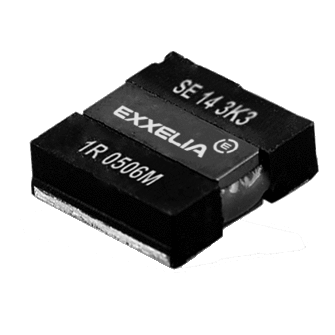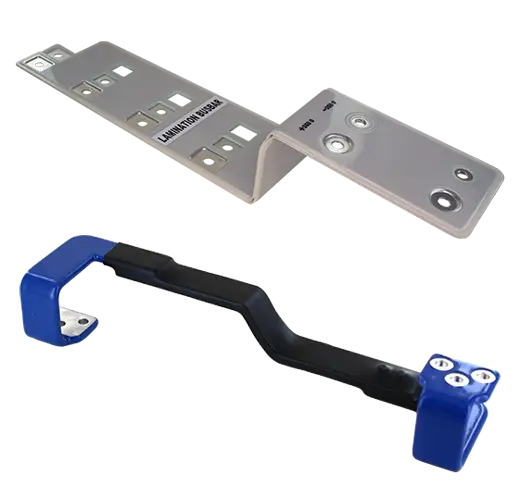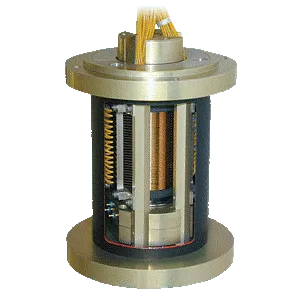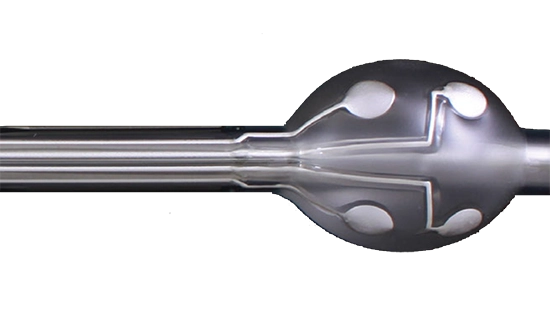Products


23/03/2022
Exxelia supports Ukraine with humanitarian aid, collecting essential supplies for refugees. Thanks to #TeamExxelia for their unwavering support.
Exxelia and all its employees are following the terrible events in Ukraine with great concern.
Since the beginning of the war, we have been acting to provide humanitarian aid and support to refugees. To this end, the various Exxelia sites have collected first aid hygiene and care products, as well as dry food.
The donations are now being sent to the city halls of the different Exxelia sites, or directly to local associations.

Thank you to all #TeamExxelia for their support towards the Ukrainian people.

STAY CONNECTED
Follow us on LinkedIn









